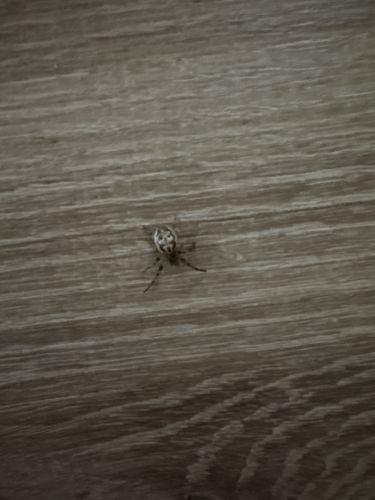Orb-weaver spider
Scientific Name: Araneidae (family)
Order & Family: Araneae (Order), Araneidae (Family)
Size: Body length typically ranges from 4 mm to 20 mm, not including legs. Females are generally larger than males.

Natural Habitat
Gardens, fields, forests, and other outdoor areas where they can construct webs between plants, structures, or objects. Some species may be found indoors near windows or corners if insects are present.
Diet & Feeding
Primarily carnivorous, feeding on a wide variety of flying insects caught in their webs, such as flies, moths, mosquitoes, and beetles. They use venom to paralyze prey and digestive enzymes to liquefy it before consuming.
Behavior Patterns
Orb-weavers are known for spinning intricate, circular webs (orb webs) to catch prey. Most species are nocturnal, building or repairing their webs at dusk and remaining hidden during the day. They have a relatively short lifespan, often completing their life cycle within a year, with females laying eggs encased in a silk sac.
Risks & Benefits
Generally considered beneficial as they control insect populations, including agricultural pests and nuisance insects. They pose very little risk to humans; their bites are rare and usually result in mild symptoms like localized pain, redness, and swelling, similar to a bee sting. They are not considered dangerous or medically significant.
Identified on: 9/15/2025